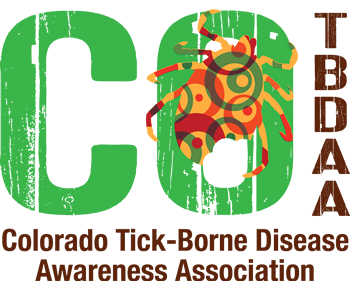
Why Protect Your Pets and Livestock?
Why Protect your Pets and Livestock?
Cats, dogs, horses and cattle are susceptible to many tick-borne infections that can make them very ill or even result in death.
Tularemia, Q Fever, Anaplasmosis, Ehrlichiosis, Babesioisis, Rocky Mountain spotted fever, Lyme, Bartonella, Tick Paralysis, and others may impact the health of your pets or livestock and may increase your risk of infections as well. As these animals spend more time off the beaten path, exposure to tick habitat and contact with other wildlife increases potential exposure to tick-borne diseases.
Increases Human Exposure
Pets and livestock may also increase your risk of certain infections through carrying ticks into your home or barn, or for some diseases, through direct contact with blood, saliva, feces, scratches or bites. Working closely with animals through hunting, wildlife research, ranching, veterinary work, pet grooming, shelter work, pest control or even sleeping with pets increases your risk of contact.
Signs and Symptoms
Signs and symptoms of disease in animals vary, but be watchful of fevers, arthritis, swollen lymph nodes, abscesses, nasal discharge, lethargy, shifting lameness, loss of appetite and neurological problems in your dogs, cats, horses and other livestock. Prevention practices for your pets are important in reducing or avoiding exposure to these diseases.







